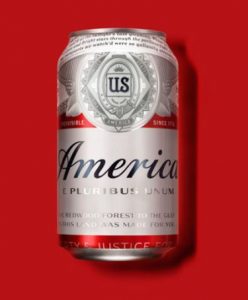Reaching Millennials On Their Terms.
I was reading today how media companies are obsessed with reaching Millennials through TV advertising. Anyone with a Millennial in the family knows they’re multitaskers. Millennials are the reason Twitch Point Planning was developed. (Twitches are media moments when one switches media or device in search of more information. Twitch Point Planning is a communication planning technique where you “understand, map and manipulate” consumers closer to a sale.)
This is Upfront Week — where media companies showcase new shows trying to sell ad time before the season begins. It got me thinking about Twitch Point Planning again. For proper utilization of Twitch Point Planning with TV you have to anticipate what audiences will do while watching a particular show. Let’s say you are watching a classic airing of the movie Bullet, what do you think happens on Google when the car chase scene takes place? Como se dice “Mustang?” Or what happens when Claire Underwood is using her rowing machine? “Gym membership? Yoga pants?”
Real-time Twitch intercepts during airings of TV shows are big sales opportunities. Google understands this, but hasn’t done anything with it. (Yet.) Media companies and ad agencies need to get on board. But to do so they will actually have to watch the shows and plot the potential twitches. It’s a cross medium play, but it’s the way Millennials work.
It’s a big revenue opportunity for everyone.
Peace.


